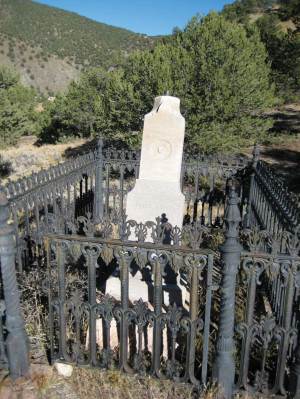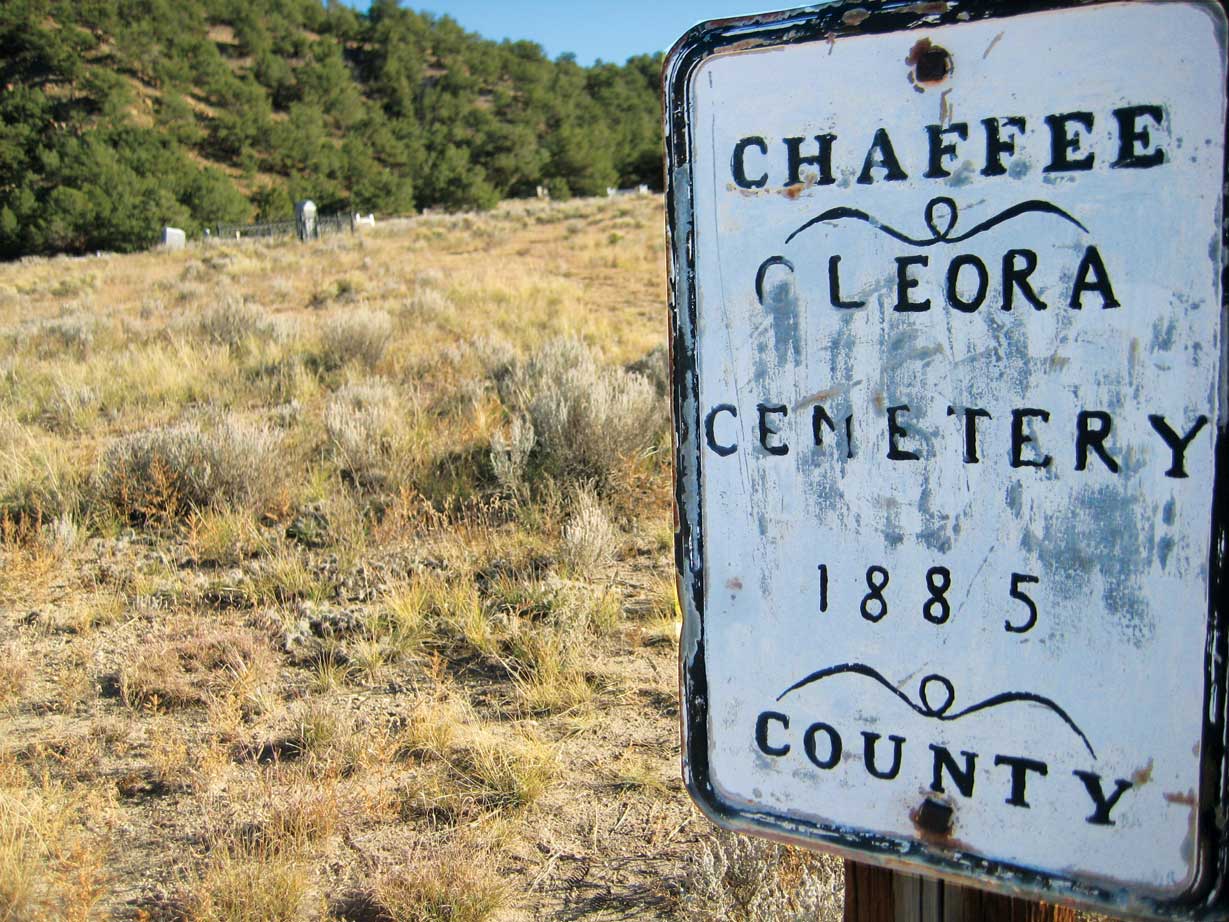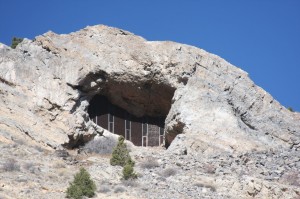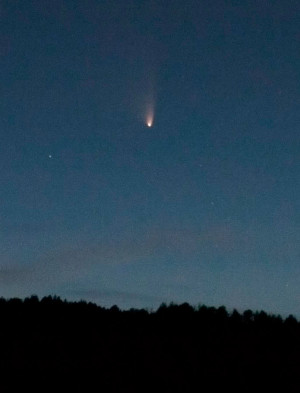By Fay Golson for The Chaffee County Heritage Area Advisory Board

The Cleora Cemetery is the sixth property featured from the Chaffee County Historic Resources Survey that was completed this summer. The town of Cleora has a concise history that spans a two-year period from 1878 to 1880. It was born of high aspirations, none of which came to fruition, linked to the anticipated railroad line along the Arkansas River.
In 1879, the Denver & Rio Grande (D&RG) and the Atchison, Topeka & Santa Fe (AT&SF) railroads had reached Cañon City. The stage route, on its way to Leadville and up the Arkansas River, passed through Texas Creek and curved along the river to Bale’s Station. The station sat a half-mile from the new town of Cleora, so named for the daughter of station and tavern owner William Bale.
In the summer of 1879, the town was laid out by the AT&SF in the expectation of tracks being laid to silver-rich Leadville. According to the Saguache Chronicle in July of 1880: “There is a case pending whereby the AT&SF company claims that when they leased the D&RG property they became possessed of the prior right of that company to the Grand Canyon and the route to Leadville.”
A year before the Saguache Chronicle described the town site as it began to develop: “The soil of the town is sandy, and on windy days it takes to itself wing and flies away, much to the disgust of the real estate owners, and much to the inconvenience of those who happen to impede its onward flight, but the mountain scenery upon all sides is magnificent, and it may safely be said that there are many worse town sites than that of Cleora.”
Kim Swift in Heart of the Rockies states that in the spring of 1880, the town population totaled 600. Businesses developed, which supplied the townspeople as well as nearby mining claims. In 1879, the Leadville Chronicle listed Cleora as one of the small shippers of ore in the quantity of less than five tons per day. A marble quarry was in operation at the time and continued to operate after the demise of the town. The Chaffee County Republican on March 10, 1898 reported: “Geo. Weaver was working quite a force of men in his marble quarry at Cleora.” Other mining interests remained as well. In 1894, the Colorado Democrat reported that John Beckley of Balfour had discovered a gold-bearing vein on the site of the cemetery. The assays promised a property capable of great profits. The newspaper notes: “The property is on patented land, but a company will be formed to work it on a large scale.” The plans appear to have been abandoned as there is no evidence of mining endeavors within the cemetery boundary.
The fledgling town had a post office and a newspaper, the Cleora Journal. In June of 1879, the Saguache Chronicle had these complimentary words: “The first number of the Cleora Journal, published by Dr. L.C. McKinney, of Cleora, in Chaffee County, is before us and presents a very creditable appearance.” A previous 2006 article in Colorado Central gives an account of the town layout: “Main Street in Cleora ran parallel to the railroad tracks on the north side. On the other side of the tracks was River Street. Cross streets were Greenwood, Park, Colorado, and, to show which faction it supported in the Royal Gorge War, Santa Fe Street.”
When the bitter railroad court battle ended in 1880, the D&RG prevailed. Cleora was bypassed as the railroad hub. The newly platted town of South Arkansas, soon to be known as Salida, was established for that purpose. The majority of Cleora’s population evacuated to South Arkansas, expanding the population to 1500 in 1882.
The Cleora Cemetery was established after the collapse of Cleora and was the burial grounds for Salida residents from 1883 to the mid-1880s. The Front Range Research Associates indicate in the survey document that: “The first burial, Hermann Dickman, dates to 1883, although the sign for the cemetery indicates its establishment in 1885. Salida Marshall Baxter Stingley reportedly was buried in the northeast corner of the cemetery in October 1883, following a gunfight in a saloon.” There are 46 burials with names indicated and 11 burials as unknown. All but seven of these burials were before 1910.

A few of the headstones were supplied in 1897 by the Women of Woodcraft, a benevolent auxiliary organization to the Woodmen of the World, which covered nine western states and was headquartered in Leadville before moving to Oregon. It is thought that they provided benefits that assured no member was ever buried without a gravestone.
The property is important in the area of the settlement as an early informal burial ground. It provided interment facilities before other cemeteries were available in the area. It is a 601- by 502-foot rectangle on the south of U.S. Hwy. 50, and about 1.5 miles southeast of Salida. The footpath and grave plot design are unmethodical rather than organized in the usual grid fashion, and the gravestone types are diverse in nature. The town of Cleora is no longer visible but remains in our county’s history and our memory. Fortunately, the cemetery endures.
Fay Golson is a preservationist, artist and aspiring writer living in Chaffee County, an area brimming with historic resources. She has authored several National Register of Historic Places Nominations and now can be found in her Salida art studio or among the stacks at the Salida Regional Library frantically searching for historic references.






